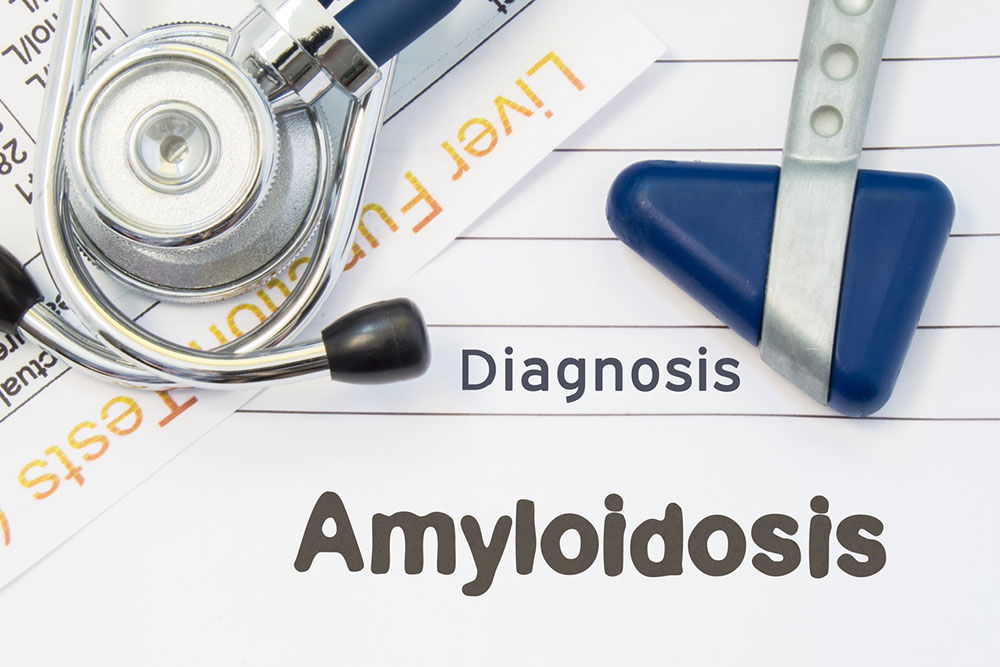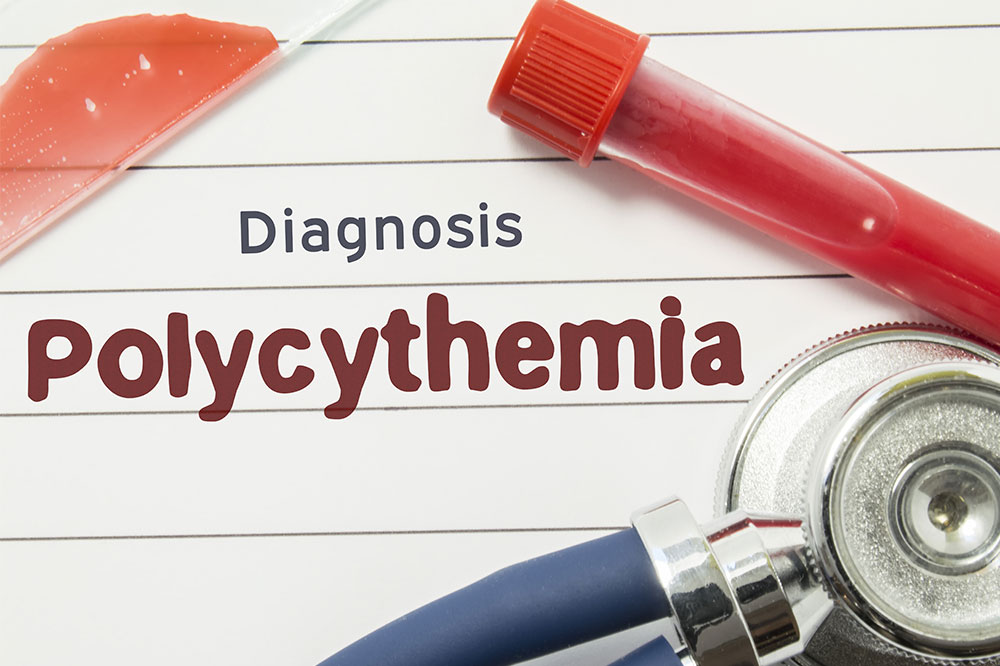Understanding the Two Main Types of Hereditary Amyloidosis
Hereditary amyloidosis is a genetic condition with abnormal protein deposits damaging organs. It mainly manifests in two types: Non-ATTR and ATTR, with treatments focusing on symptom relief and reducing protein production. Early detection is essential.
Sponsored

Hereditary amyloidosis is a genetic disorder characterized by abnormal amyloid protein deposits forming in various tissues and organs. These deposits stem from inherited gene mutations that cause proteins to misfold, leading to tissue damage. Symptoms often appear in adulthood, but some mutations may remain symptom-free. This condition is categorized primarily into two types:
Non-ATTR Amyloidosis: Less common, this type involves mutations in proteins like Apolipoprotein AI, Fibrinogen Aa, Lysozyme, and others. It frequently results in kidney failure.
ATTR Amyloidosis: Associated with mutations in the TTR gene, it causes amyloid buildup in nerves and organs, affecting the liver’s TTR production. It is the most prevalent hereditary form of amyloidosis.
Treatment approaches include supportive care targeting symptoms such as nerve and organ distress, and source therapies that aim to inhibit amyloid production, often through liver transplantation or emerging therapies. Early diagnosis and intervention are vital for managing this complex disease.





